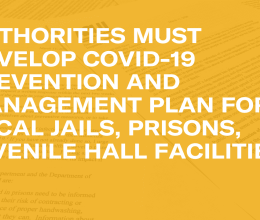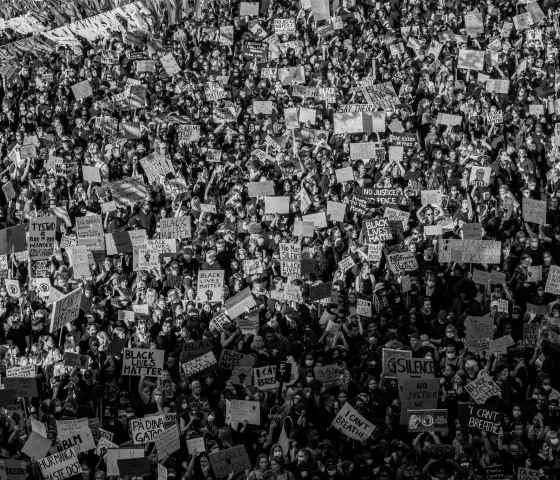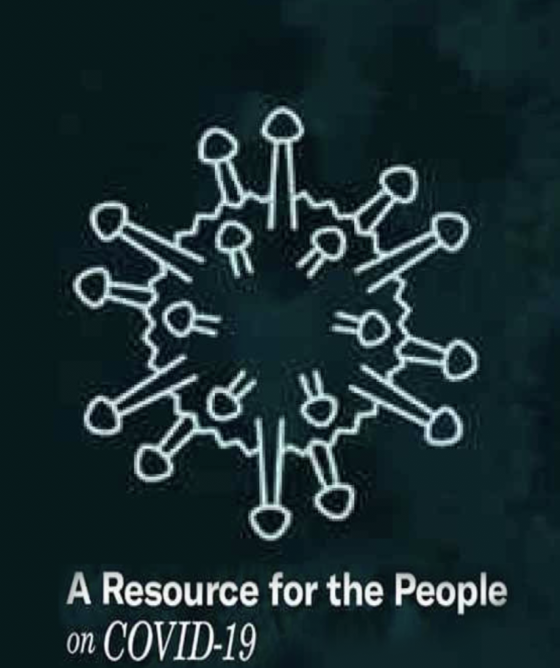I went to Morse High school, a rival of Lincoln High school, over 20 years ago. While I was at Morse, southeast San Diego was rife with gang violence and racial tensions. Keep in mind that this was just a few short years after the explosive Rodney King video, and it only added to the troubled relationship with authority figures that existed within our community.
Trying to navigate through avoiding gang life, social cliques, and the built-in ordinary stresses of school, I decided to sign up for the Junior Reserve Officer Training Corps. I also tried out for the prestigious fancy drill team and was lucky enough to get on the team after a rigorous and physically grueling try out.
The punctuation of the process was a hazing ritual that went down from previous generations and classes. It was a gauntlet consisting of the new junior varsity recruit walking at a slow pace down a row of varsity team members on both sides of this row essentially taking closed-fist swings at the new recruit. We did it because it was tradition.
It was similar to that of the older groups — including the Army and other military branches —we emulated and even were modeled after. We thought we were being adults.
But our ritual didn’t result in any police response, and while some discipline might have been appropriate, we were never funneled into the criminal justice system to pay for our mistakes with our futures. I don’t remember there being cops on campus. We just had security guards, and I’m almost positive they didn’t carry weapons.
And yet, last Friday at Lincoln High, an incident involving teenagers just like me and the fancy drill team, taking part in certain known rituals that they take part in every year resulted in an altercation that ended with kids being tased and pepper sprayed. Some of those students were sent to the hospital, as well as the campus cop who tased a 16-year-old twice, once while he was lying face down on the ground. After some of the children were treated, they were then subsequently hauled to juvenile hall and were charged.
I’m concerned with the swiftness with which these kids are being punished and by the fact that much of the public seems already to react as if they’re adults. While my fellow drill team knew that we were skirting on the edge of danger, we relished testing out “adult” behaviors and seeing how they fit on our adolescent bodies. But that’s just it. We were kids, and so are the Lincoln students.
In a study, Phillip Atiba Goff, PhD, of UCLA demonstrated that, “black boys can be seen as responsible for their actions at an age when white boys still benefit from the assumption that children are essentially innocent.” This is a serious problem especially with the growing presence of police officers on campuses.
Schools are supposed to be institutions of learning, and all students should also be safe in this environment. But too often, especially in traditionally underserved areas, the school setting is treated more like correctional institutions, and the “school resource officers” (campus police officers) are viewed as correctional officers.
A school resource officer should be just that – a resource to students, a counselor or mental health professional where students can safely go to escape the societal issues at home or in their neighborhoods that may be affecting them. But instead of being that safe haven, a student at Lincoln High recently lamented that more than anything, his experience at the high school feels like he’s being prepared for serving time in prison.
When we place these authority figures in schools with a predominantly black population, we run the risk that because of different factors stemming from systemic, though to give benefit of the doubt, maybe implicit, racial bias, the law enforcement and security officers will view the students as ‘less innocent.’
The incident on Friday only highlights the bigger problem of over-policing in schools, that results in pushing these kids down into the one-way, nearly-no-way-out school-to-prison pipeline.
Our society is failing its children. We are setting these kids up to fail before they are even given a chance to drive, to vote, to get a job — let alone become adults. We are even punishing these kids like adults when they are still kids.
The media, too, contributes to this by perpetuating the unchallenged notion that kids in schools like Lincoln are ‘rioting’ and ‘brawling.’ One often heard lament from students I heard this week is that the media—and other adults outside of the community—never focus on the successes of these students; they only show up when something like this happens.
To see the problems with this idea, take a quick look at how the students set about coming together after this incident. They were responsive in mobilizing restorative justice circles, organizing internally. They unified to deliver a concrete message of hope and commitment to making their school a better place. This shows leadership, professionalism, and accountability that I couldn’t even imagine when I was a teenager at Morse.
The students’ maturity in addressing the situation is almost 180 degrees different than the narrative that the media is spreading.
The practice of hazing at Morse High school’s JROTC no longer exists, but when it did, the students weren’t subjected to criminal punishment. They changed the system. Situations like last Friday don’t come out of nowhere, and these children aren’t to blame.
The students as well as the institutions of learning both suffer when we take kids out of the school system, and practically push them into the school-to-prison pipeline. We all need to be looking at the bigger picture, and addressing the root causes of these issues to allow these students to soar to heights they can achieve, instead of shackling them to ankle monitors.
By Ferchil Ramos, New Media Strategist, San Diego ACLU
Reflections on Lincoln High from a Morse Rival
Related Issues
Related content
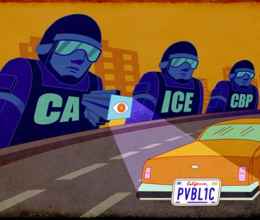
Lagleva et al. v. Doyle
October 14, 2021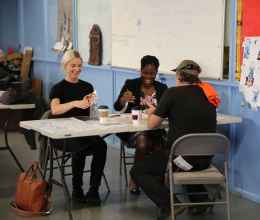
The C.R.I.S.E.S. Act (AB 2054)
August 10, 2020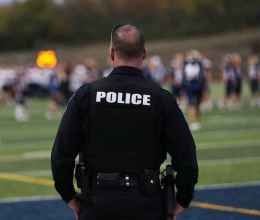
P.R.O.M.I.S.E Act (AB 1007)
August 10, 2020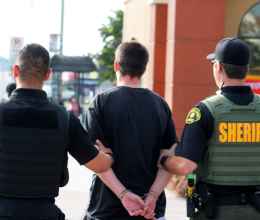
What to do if you're stopped by the police or law enforcement .
August 9, 2020Advocacy
August 5, 2020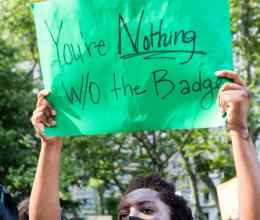
Kenneth Ross Jr. Decertification Act (SB 731)
June 30, 2020
Prevent Expansion Of Facial Recognition Tech (Oppose AB 2261)
May 21, 2020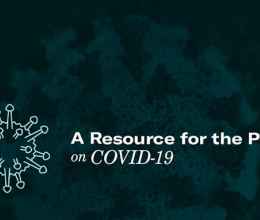
ACLU-CA Response to School District Closures
March 13, 2020